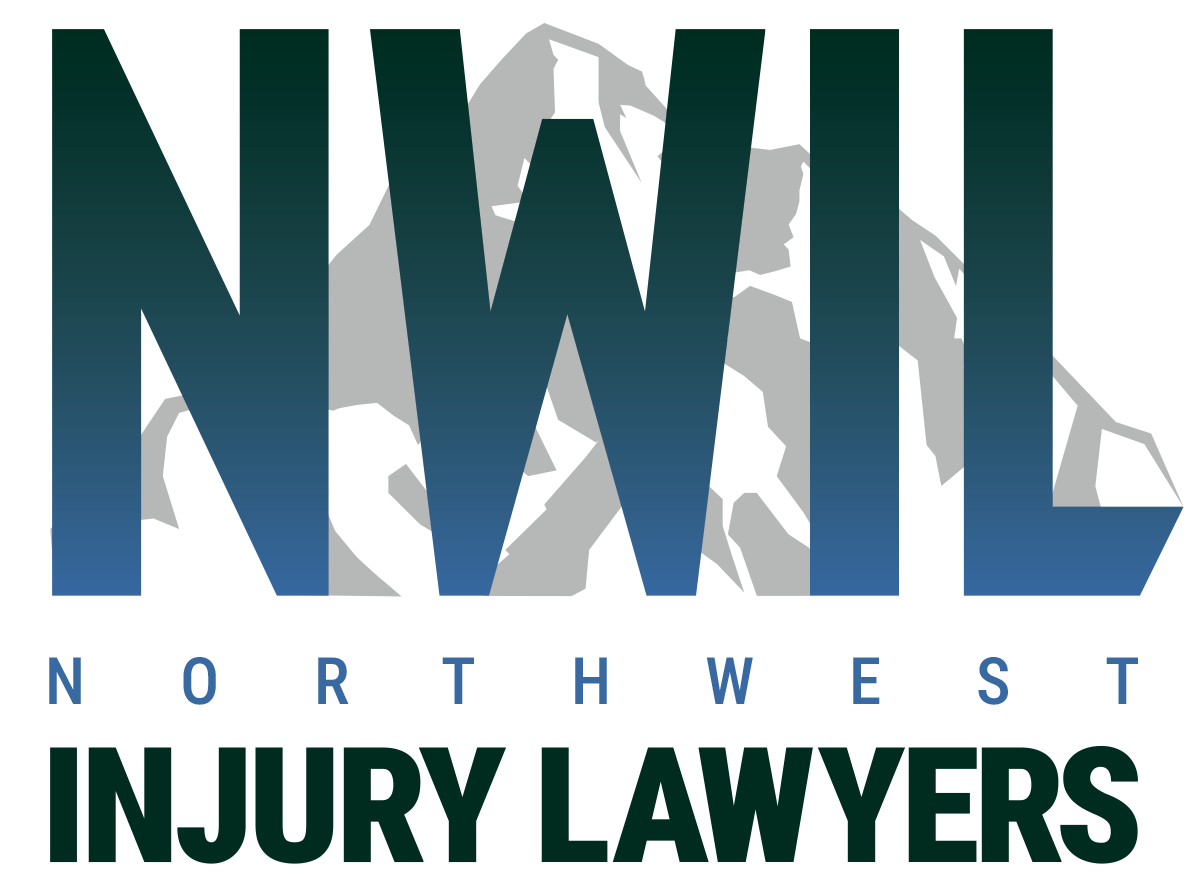Understanding Personal Injury Law in Washington State
Personal injury law is a multifaceted and complex field that varies from state to state in the United States. Washington State, nestled in the Pacific Northwest, has its own set of laws and regulations governing personal injury cases. Understanding the unique aspects of personal injury law in Washington is crucial for both residents and visitors alike. In this blog post, we will delve into what makes personal injury law distinct in the Evergreen State.
Comparative Fault System:
One notable feature of Washington State's personal injury law is its adherence to the comparative fault system. Unlike some states that follow a contributory negligence model, Washington allows plaintiffs to recover damages even if they are partially at fault for the incident. The damages awarded are proportionate to the degree of fault, providing a fairer outcome in cases where multiple parties share responsibility.
Pure Comparative Fault Rule:
Washington employs a pure comparative fault rule, allowing injured parties to seek compensation regardless of their percentage of fault. This means that even if a plaintiff is 99% responsible for an accident, they can still pursue damages for the remaining 1%. This nuanced approach recognizes the complexities of personal injury cases and ensures that individuals receive compensation even if they bear some responsibility for the incident.
Statute of Limitations:
In Washington State, personal injury cases are subject to a statute of limitations, which sets a deadline for filing a lawsuit. Typically, individuals have three years from the date of the injury to initiate legal proceedings. However, exceptions may apply, and it is crucial to consult with an attorney promptly to ensure compliance with the statute of limitations.
Mandatory Arbitration:
Washington utilizes mandatory arbitration for certain personal injury claims. This process involves an informal hearing before an arbitrator who assesses the evidence and determines liability and damages. While this system is designed to expedite the resolution of cases, it is important for individuals to be aware of their rights and consult with an attorney to navigate the arbitration process effectively.
Damage Caps:
Unlike some states, Washington does not impose strict caps on non-economic damages, such as pain and suffering, in personal injury cases. This means that plaintiffs have the potential to receive full and fair compensation for their intangible losses, allowing for a more comprehensive recovery.
Conclusion:
Navigating the intricacies of personal injury law in Washington State requires a nuanced understanding of its unique features. The comparative fault system, pure comparative fault rule, statute of limitations, mandatory arbitration, and absence of strict damage caps distinguish Washington's approach to personal injury cases. If you find yourself involved in a personal injury incident in the Evergreen State, seeking the guidance of an experienced attorney is essential to ensure your rights are protected and that you receive fair compensation for your injuries and losses.
Do you have specific personal injury related questions?
Take advantage of free consultation with a trusted personal injury attorney who will champion your rights with steadfast dedication.

